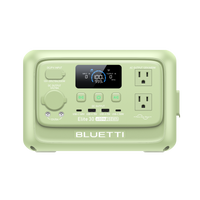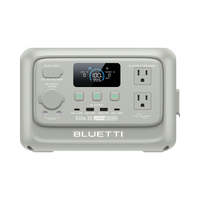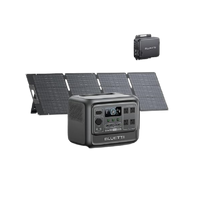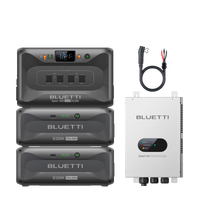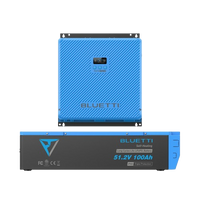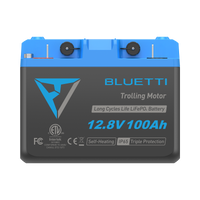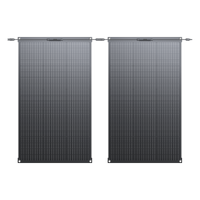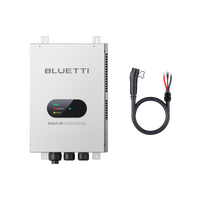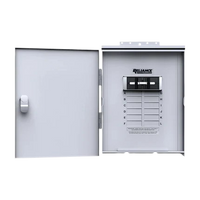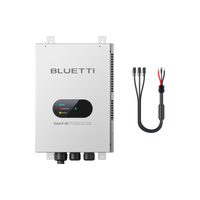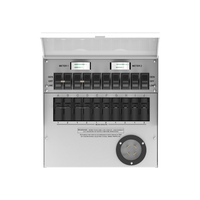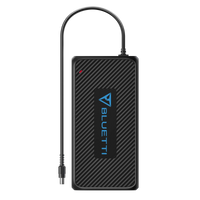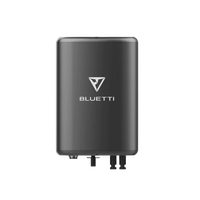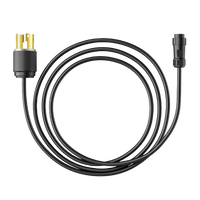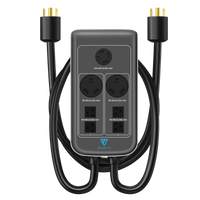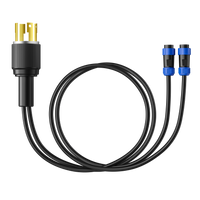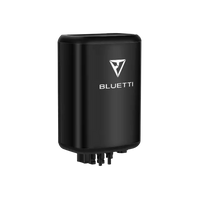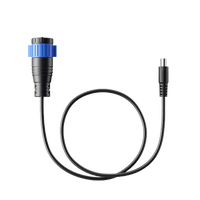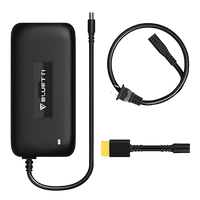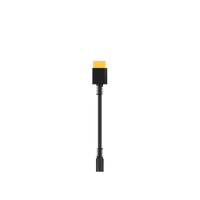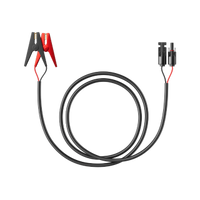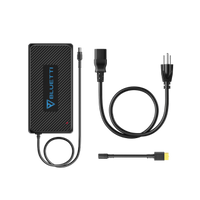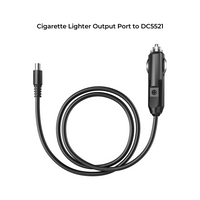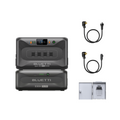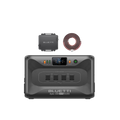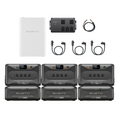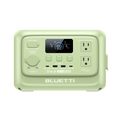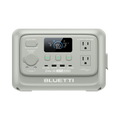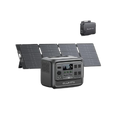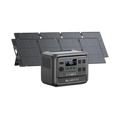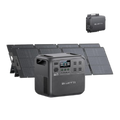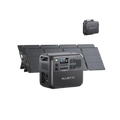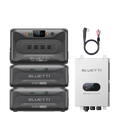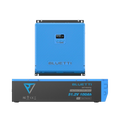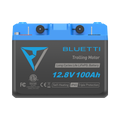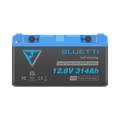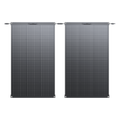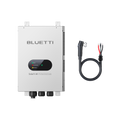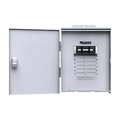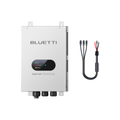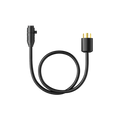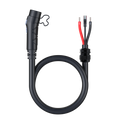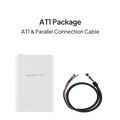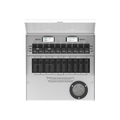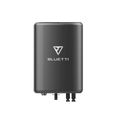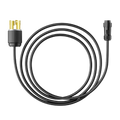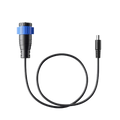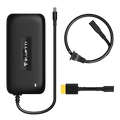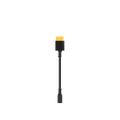Have you always wanted to know about the DC to DC charger and how this battery charger functions? If yes, this piece is what you need for the right answer. Note that ceaseless electricity generation is not a choice, mainly when on those long tours. You need this stable power supply to light that van, energize those sockets or switchboards, and operate your water pumps, heating setup, and refrigerator.
You can charge those campervan batteries in various ways. The highly used ones include solar, shore power that demands a charger or inverter, and finally, the alternator option or DC to DC. But the DC to DC charger remains the one element that most people ask a lot about. So what does the DC to DC battery charger mean, and what's its working principle? Let's see it!
What is a DC to DC Battery Charger?
Now, let's define the DC to DC cell charger using the layman's language. You rely on your automobile's alternator for electricity generation and to charge the car battery as you drive.
With the campervan, you charge each of your house family batteries using that single alternator. These batteries energize your campervan's elements like lights, and they are mostly the lithium ones.
Based on the default factory settings, the alternator understands when the car cell is fully charged and the power needed by the alternator to put it out. However, based on its design, it can't tell the ongoing campervan conversion in the back. It is at this step that you need the help of the DC to DC cell charger.
How Does a DC to DC Battery Charger Work?
The DC-to-DC charger relies on the electrical generator or the car's alternator for the available power conversion. It then transforms that energy to Ah, commonly known as higher voltage for the home battery, which is the secondary battery. This DC-to-DC charger charges your cell optimally by relying on the three-step process discussed below:
-
Bulk
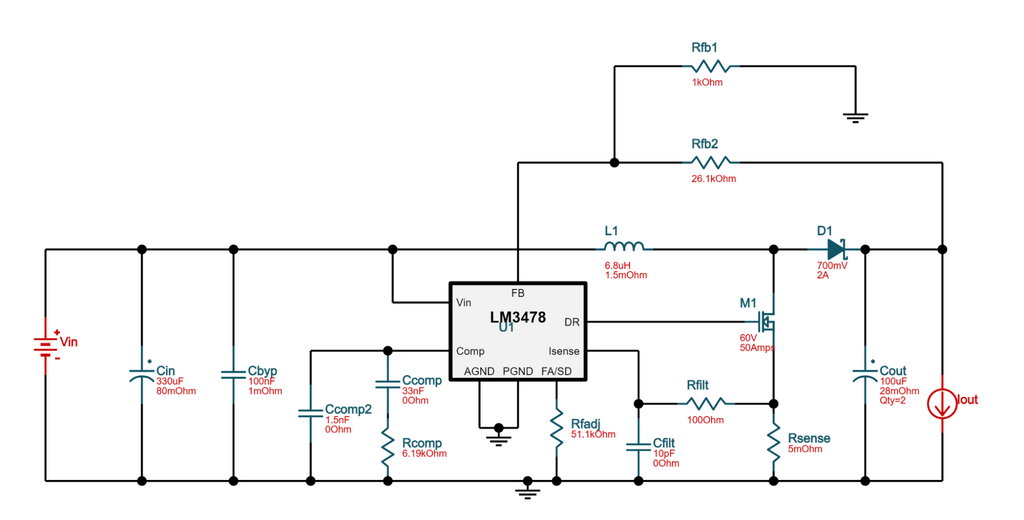
This step involves the DC-DC charger converting the alternator current and filling in that secondary cell to almost maximum level.
-
Absorption
This step involves the power leveling off and stabilizing to prevent the battery from overcharging.
-
Float
This last step arises when the battery gets 100% charged after reaching the maximum capacity.
Why do You Need a DC to DC Charger?
You primarily deserve a DC to DC charger because of your vehicle's lead-acid battery (used in many automobiles). As a result, your alternator design allows it to only charge a lead-acid cell. Note that your home battery features a different charging profile. As a result, the DC to DC charger informs the alternator:
- Your house's battery type
- Your charging needs
In general, you can view the DC to DC cell charger as the mind that ensures your alternator charges the home batteries as needed.
The Benefits of Using a Dc to Dc Charger
The fact that now you have mastered the working principle behind the DC to DC charger, it's time to analyze its benefits.
-
Overcome Smart Alternator Challenges
Many present-day vans feature smart alternators created primarily to reduce energy output. As a result, their load restriction can't allow them to charge secondary batteries. A DC to DC cell charger comes as a pivotal tool in this step to address this issue by separating the alternator and the primary battery.
-
Primary Battery Charge Maximization
The capability to maximize the primary battery's charge is another reason to go for the DC-to-DC cell charger. With this battery charger, you find it easy to convert as low as nine volts amperage and as high as 13.5 volts amperage, allowing you to charge the primary cell swiftly and effectively. Note that on a good driving day, the primary battery can see almost a hundred percent charge.
-
No Need For Solar Power
DC to DC cell chargers rank as blessings in disguise, especially when traveling in destinations that don't experience enough sunlight. With the DC to DC chargers, you can charge that auxiliary cell, allowing you to energize your tools. You will enjoy this with zero worries about solar energy or other power backup choices.
-
Different Battery Adaptation
The ability to accommodate varied battery types stands out as one of the pivotal advantages of DC-to-DC cell chargers. This benefit is so helpful since it can end up saving you much time and expenses needed to purchase another charger each time there's a battery replacement.
Besides that, a DC-to-DC charger handles power adjustments based on what you use the battery for. As a result, this ends up reducing battery damage via overcharging.
What Size DC to DC Charger Should You Get?
A significant percentage of batteries of up to 200Ah need an approximately 25AH DC to DC charger. With a 200 amp rating alternator, you'll need to divide that number by two to get the charged power. Remember, it's recommended to ensure that the alternator runs at fifty percent. Never have your alternator operating at its full output load since you'll put the alternator on a really hard task, and this will wear it out.
The primary elements to weigh when picking a reliable DC-to-DC charger include the following:
-
Alternator Size
Most alternators come with a 60-150Ah range, while DC to DC chargers have a 6-40Ah range. A larger charger should be the perfect option for maximum application for those high-powered alternators with more capacities.
-
Battery Type
A 20 percent rated (of your cell's amperage) DC to DC charger would function well for conventional cells like the lead-acid and AGM ones. A lithium battery allows you to go to extremes, to nearly thirty percent of your battery's specific amperage.
-
Voltage
As per the recommendations, your charge must match your car's electrical setup. For instance, the most used 12V system should go with the 12V DC to DC cell charger.
-
Usage
Power usage is another element that dictates a lot about the DC-to-DC charger size that will work perfectly for you. If your auxiliary cell powers several gadgets, then the DC to DC charger is not an option.
BLUETTI Portable Power Station Power Your Adventure
Yes, the DC-to-DC charger plays an indispensable role when it comes to your off-grid adventure, but complementing it with a reliable energy source will make the overall experience more amazing. Below are three primary portable power stations you need to weigh for this case:
BLUETTI EB3A Portable Power Station
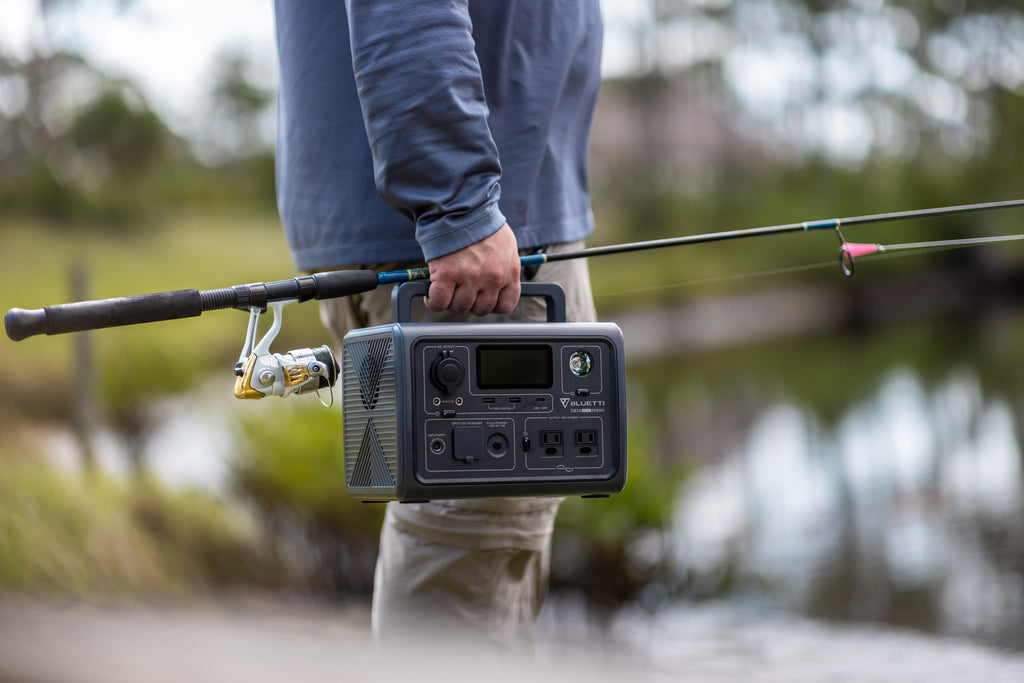
The BLUETTI EB3A is a lightweight power station created to be extra energy-efficient compared to traditional generators. As a result, it's the option to consider if reducing environmental carbon emissions is one of your top priorities.
It features a compact design but doesn't disappoint when it comes to big jobs. The amazing 268Wh capacity and 1200W surge explain why you can rely on it for your small-sized fridge, mini-sized rice cooker, or small-sized blender. Besides, the 430W Fast Charging feature allows it to charge to 80% within 30 thirty minutes, hence offering enough power even on demanding cases.
BLUETTI AC60 Portable Power Station

The BLUETTI AC60 stands out because of its capabilities and exceptional features. These include a capacity that expands up to 2015Wh, <45dB quiet functioning, IP65 dust, and water protection rating, and more top-notch features. Thus, this explains why this system works perfectly for house backup solutions and outdoor adventures.
Besides, the AC60 features top-notch materials that are behind its longevity. These include a long-lasting LiFePO4 battery and robust aluminum alloy casing. Furthermore, the AC60's distinctive design prevents water and dust penetration by creating a separation between the fan vents and circuits. It also uses a waterproof rubber to seal all outlets. The advanced technology is another outstanding feature. These include Power Lifting tech, intelligent BMS, and effective MPPT controller.
BLUETTI EB70S Portable Power Station
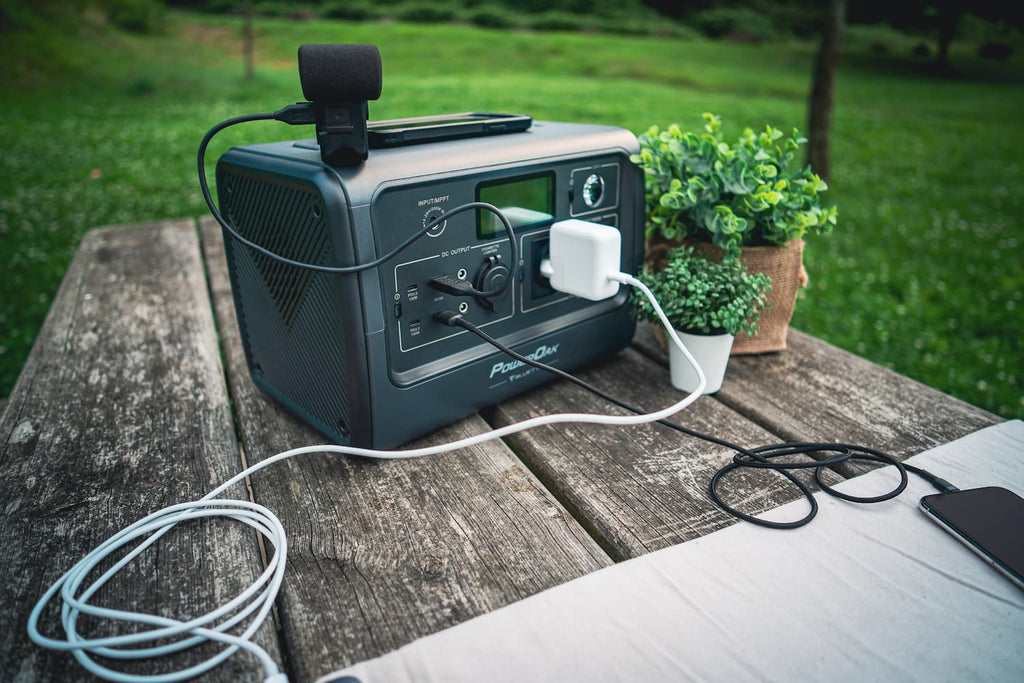
The BLUETTI EB70S is the product of unparalleled techs and optimal innovation. Its 716Wh LiFePO4 battery and the 1000W/800W inverter are enough to energize your road essentials or offer power solutions during breakdowns. Other outstanding features include the twelve output ports, which can meet your demands for charging varied appliances at the same time. It remains an excellent option for emergency applications and camping use, from mini-sized fridges to LED electric lamps.
Its in-built ergonomic handle blueprint allows you to lift it with less hassle and move it with only one hand. Consider if you're a hiker or camper because it features a lightweight of 21.4 lbs and a compact design with dimensions measuring 12.6 inches by 8.5 inches by 8.7 inches. Also, you can quickly charge it using solar panels, meaning you don't have to worry about energy consumption.
Final Thoughts
In general, the DC to DC charger stands out as the mind that informs the alternator on the way to charge that house battery properly. Besides, a DC to DC charger can boost charging to a hundred percent and prolong the auxiliary cell's life. Another point to note is lithium cells perform excellently with DC-to-DC cell chargers because they can properly control the energy input.














